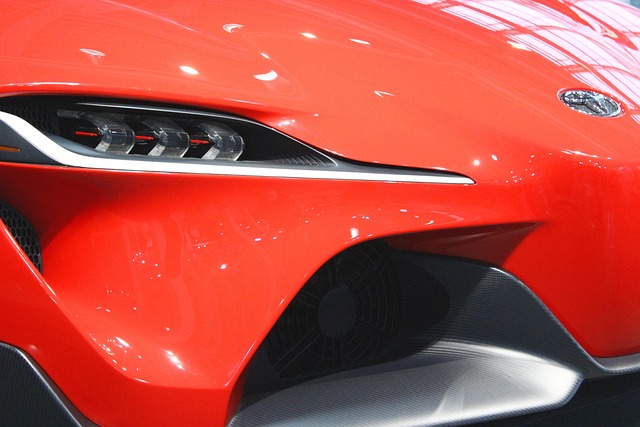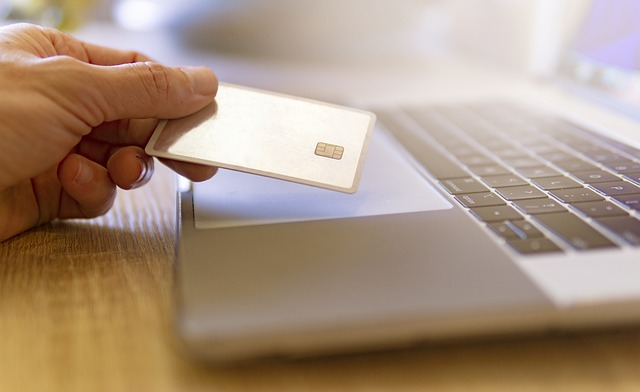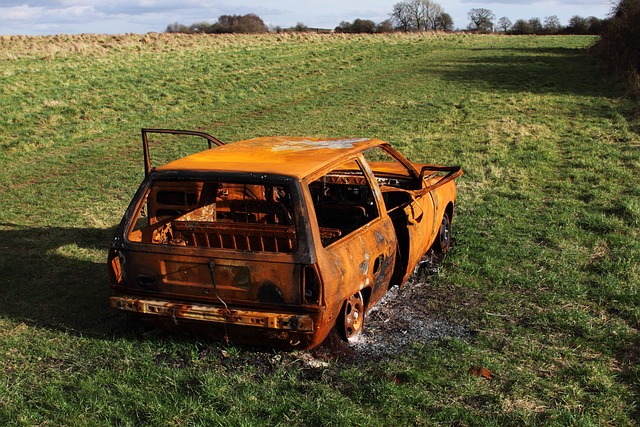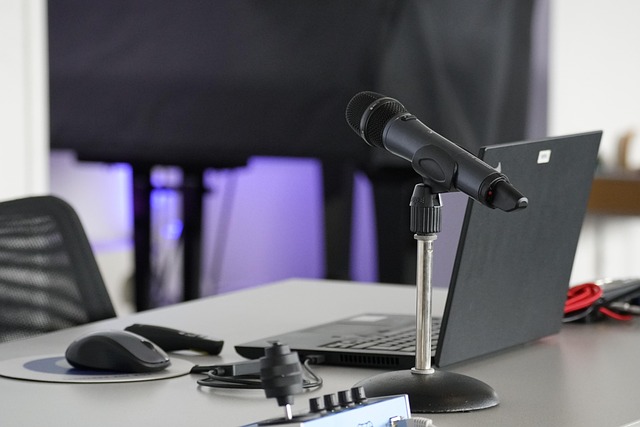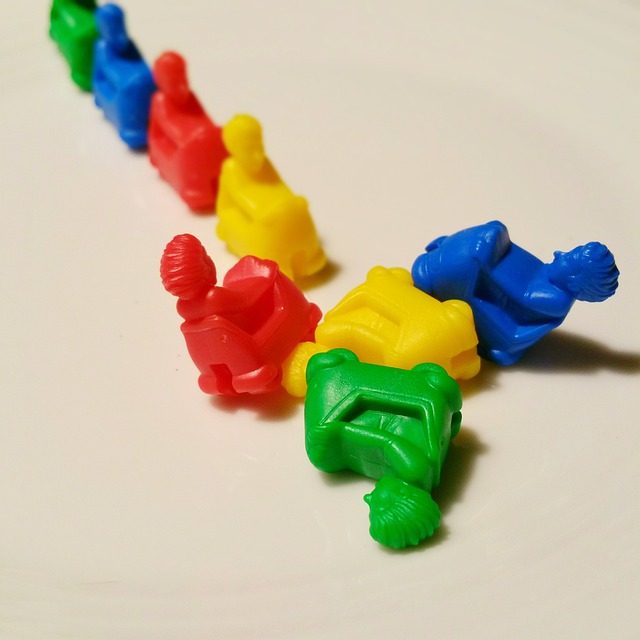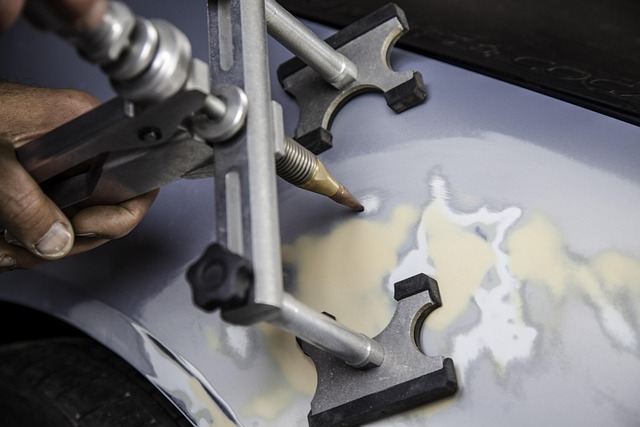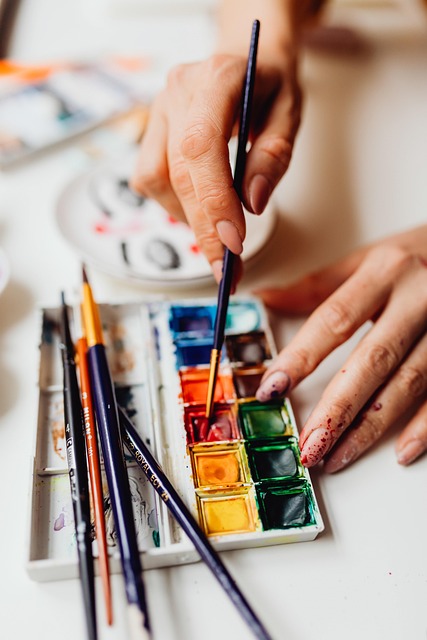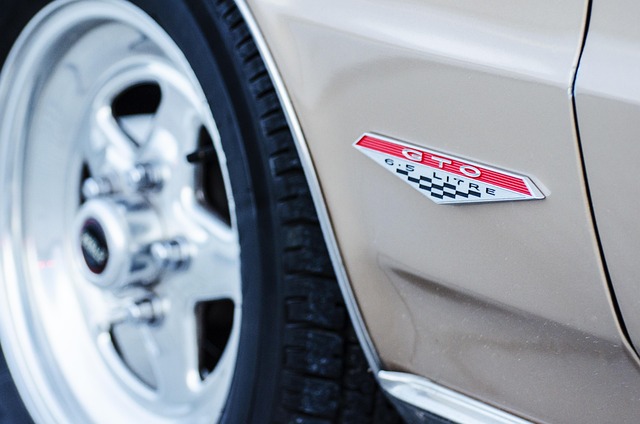The future of color sanding and buffing is shaped by advanced abrasives, automation, and AI. These innovations enable precise repair from light scratches to severe dents, achieving smoother finishes faster. Smart tools adjust based on surface feedback, while robotic sanders with computer vision enhance efficiency and consistency. This technology revolution drives higher quality standards in automotive collision repair and other industries, ensuring top-tier finishes like those required for Mercedes Benz.
The evolution of color sanding and buffing technologies is painting a future filled with innovative solutions. From advanced tools that enable precise surface preparation to AI-driven automation, the industry is experiencing a transformation. Sustainability takes center stage as eco-friendly materials gain traction, setting a greener course for the future.
This article explores cutting-edge trends redefining color sanding and buffing practices. We delve into smart systems, nanotechnology, VR/AR applications, and personalized solutions, showcasing how these advancements are revolutionizing the industry for enhanced efficiency, quality, and sustainability.
- Advancements in Color Sanding Technologies
- – Exploring innovative tools and techniques for precise color sanding
- – The role of automation and AI in enhancing surface preparation
Advancements in Color Sanding Technologies

The future of color sanding and buffing technologies promises significant advancements, revolutionizing the way we address surface imperfections in various industries, including automotive detailing and vehicle dent repair. One of the key trends is the integration of advanced abrasives and polishing compounds that offer improved performance and versatility. These innovative solutions are designed to handle a wide range of damage, from minor scuffs and swirls to more severe car scratch repair cases, ensuring seamless restoration of vehicles in collision centers.
Additionally, automation and AI-driven systems are set to play a pivotal role. Robotic sanders and buffers equipped with computer vision can precisely identify and target specific areas requiring attention, enhancing efficiency and accuracy. This technology not only streamlines the color sanding and buffing process but also guarantees consistent results, making it invaluable in professional collision centers where vehicle dent repair is a regular task. As these trends evolve, we can expect smoother finishes, faster turnaround times, and higher standards of quality across various applications.
– Exploring innovative tools and techniques for precise color sanding
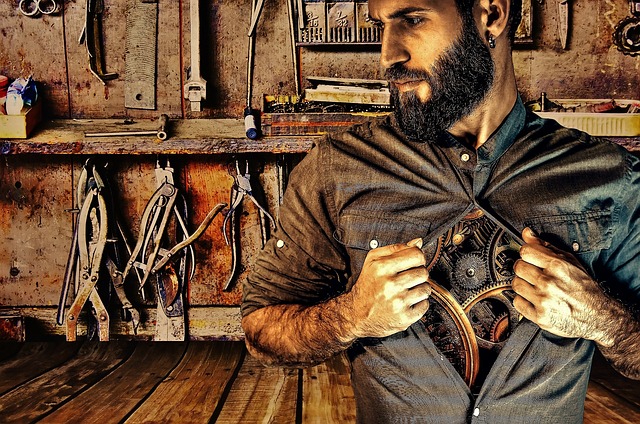
The future of color sanding and buffing is being shaped by a continuous quest for precision and efficiency. Innovations in tools and techniques are revolutionizing the way professionals approach these critical steps in auto painting and collision repair shop processes. Advanced sandpaper with tailored grain sizes, designed to minimize material removal and achieve smoother finishes, is becoming more prevalent. These developments enable meticulous color sanding, ensuring that surfaces are prepped evenly without damaging the underlying material—a key aspect for top-tier Mercedes Benz repair, among other luxury vehicle makes.
Furthermore, buffing technologies are evolving with the introduction of smart tools that can automatically adjust speed and pressure based on surface feedback. This not only streamlines the process but also reduces the risk of human error, delivering consistent results. As these trends continue to gain traction, collision repair shops are poised to offer even higher-quality finishes, catering to the demanding standards set by modern automotive aesthetics, whether it’s for a classic car restoration or a high-end vehicle like a Mercedes Benz.
– The role of automation and AI in enhancing surface preparation
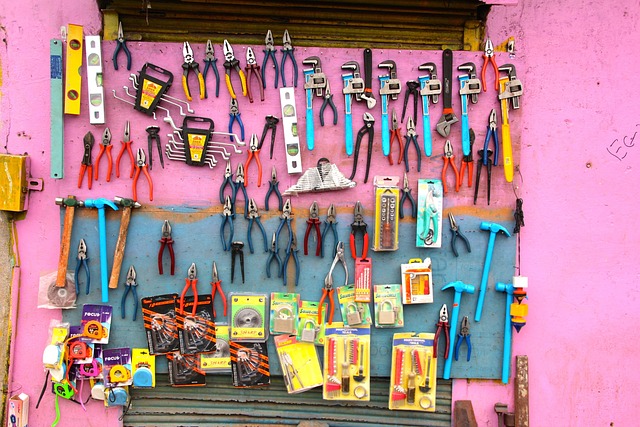
The future of color sanding and buffing technologies is being reshaped by automation and artificial intelligence (AI), revolutionizing surface preparation in various industries. These advanced systems are designed to streamline the process, ensuring consistent and high-quality results. Automation plays a pivotal role in enhancing efficiency, as machines can perform repetitive tasks with precision and speed, reducing human error and improving productivity. AI algorithms further optimize the process by analyzing data from previous projects, learning from patterns, and making informed decisions.
In the realm of auto repair services, specifically automotive collision repair, these technologies are making significant strides. For instance, AI-powered systems can precisely detect and correct minor imperfections on vehicle surfaces, ensuring a seamless finish. This level of sophistication not only benefits mass production but also specialized services like Mercedes-Benz repair, offering customers superior craftsmanship and reduced turnaround times. By combining automation and AI, the future of color sanding and buffing promises enhanced quality, efficiency, and innovation across various sectors.
As we look ahead, the future of color sanding and buffing technologies promises significant advancements. With innovative tools that offer greater precision and efficiency, along with the integration of automation and AI in surface preparation, the industry is poised for a transformative shift. These developments will not only enhance the quality of finishes but also streamline workflows, making these processes more accessible and cost-effective. Embracing these trends will be key for professionals to stay ahead in the market, delivering superior results that meet the evolving demands of various industries.
